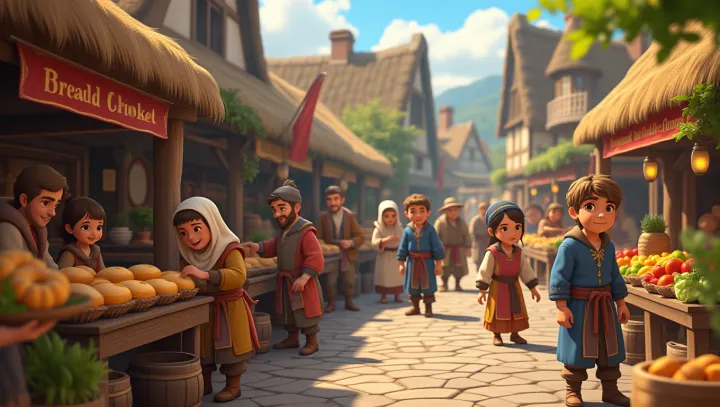Discovering Medieval Cuisine: 5 Key Foods

In the bustling villages and towns of medieval Europe, food was an everyday affair deeply tied to seasonal availability and regional resources. Bread, made from barley or rye, served as the cornerstone of most meals. These grains, hardy and adaptable, were ground into flour and transformed into various types of bread, sustaining the working masses.
Vegetables, primarily cabbages, onions, and legumes, were staples of the medieval diet, providing necessary nutrients and variety to meals. Preservation methods such as salting and smoking allowed people to store their harvests for the long winter months. Meanwhile, meat, though considered a luxury, was consumed in moderation, with pork being the most common due to its easy preservation.
The Middle Ages also saw the consumption of dairy products, which were a crucial source of nutrition for many. Cheese and butter were popular among both peasants and nobility. These items illustrated a social divide in the access and type of food consumed, reflective of broader socio-economic disparities of the era.
Understanding the medieval diet provides a unique window into the lives of people from this period. Dr. Jonathan Meyer from the Institute of Culinary History notes, 'The foods of the Middle Ages were more than just sustenance; they were a reflection of cultural identity and social structure.' Today, with a growing interest in historical diets, there is an increased appreciation for the simplicity and resourcefulness of medieval culinary practices.
